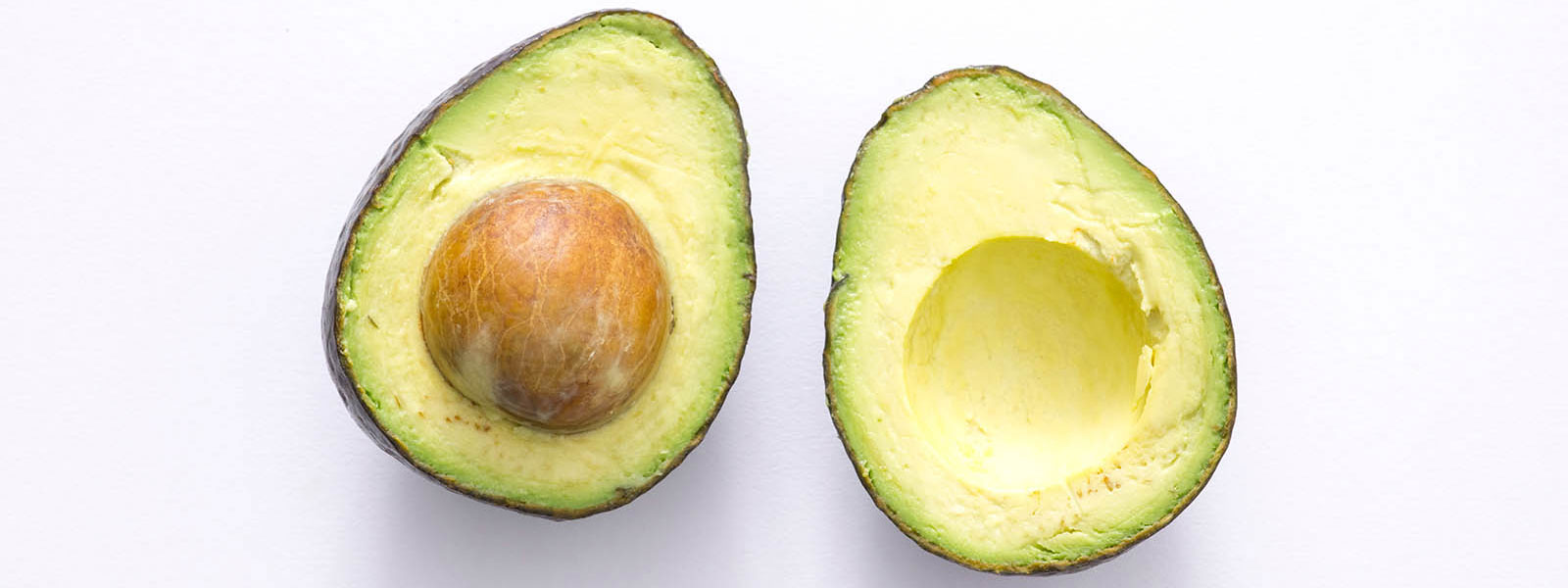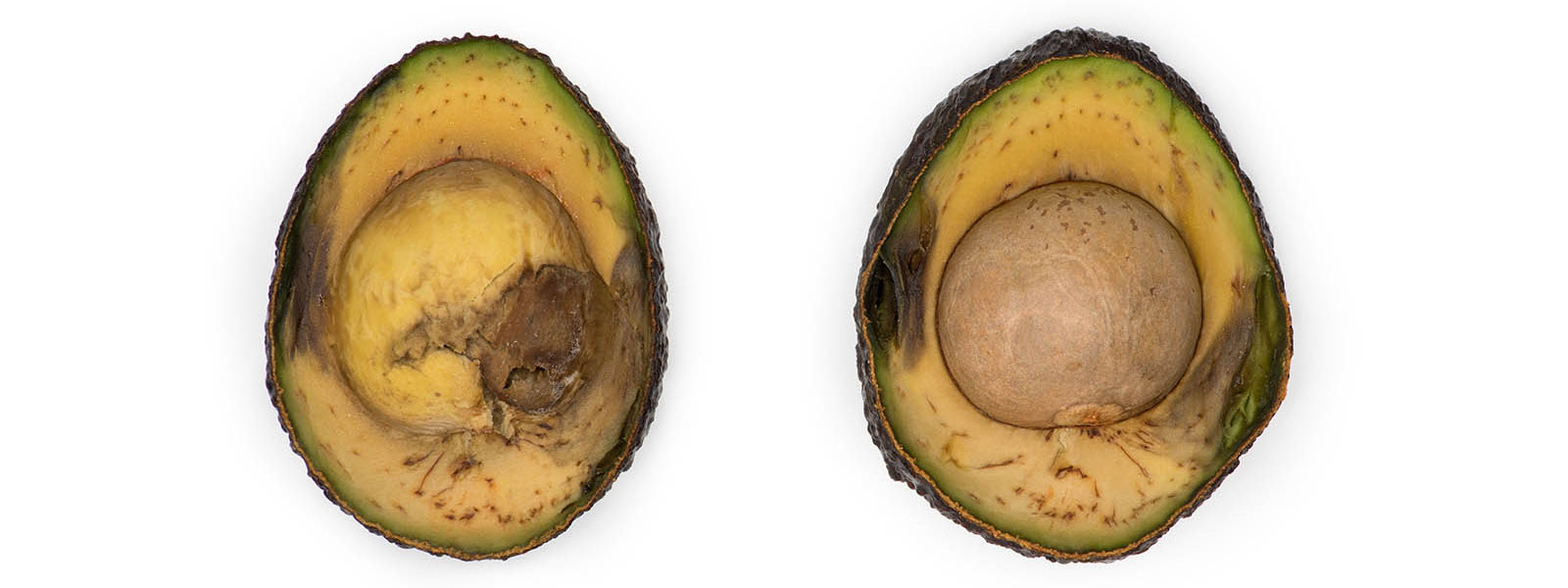From glazed ham and turkey roll to gingerbread biscuits and pavlova, here are the best recipes from the RACV Club kitchen to help make your festive season extra special.
How to pick the perfect avocado: an expert's guide

Avocados Australia CEO shares his top tips for buying the best avocados.
Aussies are obsessed with avocados. We eat them smashed, sliced, stuffed, baked, blended and cured. From sushi, smoothies and salads to ceviche, cheesecake and even chocolate mousse, no dish - sweet or savoury - is off limits for this versatile fruit.
So meteoric has been the humble avocado's rise to pantry stapledom that Avocados Australia CEO John Tyas says production has doubled in Australia over the last 10 years.
“We have the highest consumption of avocado per capita in the English-speaking world,” he says. “We eat 3.8 kilograms per person, per year. That’s more than the US, UK and Europe.”
And it’s not just the smashed avo-obsessed cafe crowd behind the nation's increased appetite. "Most of the fruit that is produced is sold through conventional retailers," John says. “That means more people are buying more avocados more often.”
With Australia's national fruit as affordable and accessible as ever, we caught up with John to find out everything you need to know about the buttery green berry, including how to pick a good one, how to store and ripen them properly, and why Shepards aren’t the inferior variety.
Everything you need to know about avocados
What do you first look for when buying an avocado?
When it comes to choosing a good avocado, there a few things you need to think about. John says finding a retailer that looks after their avocado display properly is paramount to picking perfect fruit. "When looking for avocados, the displays shouldn’t be piled in a big heap, as the fruit at the bottom is more likely to be bruised," he says.
How can you tell if an avocado is ripe?
If it’s Hass season, John says, you’re in luck. Hass avocados turn a darker colour as they ripen, so you can tell by looking at them whether they’re going to be ready. If it's Shepard season, which is generally from February to April, he says, look for avocados with an evenly coloured green skin as this variety doesn't change colour when it's ripe.
How do you pick a good avocado?
If the colour looks good and the shell is even and blemish free, the next thing to test is how ready it is for eating. To do this, there is no way other than to handle the fruit. “Gently press the avocado at the end that’s got the stem,” John advises. “If it yields a little bit, it’s good to eat. The key thing to remember is to be very gentle when testing for ripeness.”
You also want to make sure the stem is still intact. If the stem is missing, the avocado is at greater risk of oxidisation (or browning).
What about buying hard avocados?
If you’re playing the long game, consider buying avocados when they’re a little firmer so they’re ripe when you’re ready for them. “I actually buy avocados that are not quite ripe because, once they start to soften, that’s when they are more susceptible to bruising,” John says. “I leave them on the bench then, once they’re at the stage of ripeness I want, I put them in the fridge. By doing that you eliminate the risk of damage – whether on the shelf or in transit.”
Can you eat firm avocados?
John says, despite popular belief, you can eat a firm avocado. “You don’t have to wait ’til they’re really soft,” he says. “There’s still plenty of that nutty flavour when you eat them a bit firmer.”
Is there a 'correct' way to handle avocados?
John says proper trolley stacking and bagging order are imperative to protect your precious avos. That means top spot on the trolley and in carry bags. “People need to treat them like eggs and really look after them,” he says.
Hass vs. Shepard avocados: which is better?
Hass avothusiasts, rejoice. The popular avocado is the most common variety in Australia and is available pretty much year round. It has a more oval shape and distinctively textured skin.
The Shepard, on the other hand, is green with envy over Hass’ status as the premier avocado. Somehow it has become the black sheep of the avocado family, with forums and Facebook groups dedicated to it being the inferior fruit. The Shepard is more pear shaped with a smooth, glossy green skin and a nuttier flavour.
But, looks aside, the key thing that separates the Shepard from its Hass avocabro is that it doesn’t brown as much when cut, which makes it great for adding to salads.
“Both varieties are suited to all uses,” John says, debunking the myth that Hass is better for smashing. “But Shepard does have that extra benefit of not browning as much.”

The ripeness of an avocado is indicated by colour, skin texture and firmness
Where should you store avocados?
Avocados, especially if they’re on the firm side, are best stored in ambient temperature, out of direct sunlight. “Once they’re at the stage you want, pop them in the fridge,” John says. “That’ll help them last longer. If they’re not ripe, don’t put them in the fridge until they’re ready, or they’ll never ripen.”
Can you get an avocado to ripen quicker?
If you want to help a firm avocado ripen up, put it in a bowl with some bananas or other ethylene-producing fruit. “This won’t make it ripen faster, but it will trigger the ripening process,” John says.
Can you freeze avocados?
Yes, but you want to make sure you remove the flesh and freeze it in an airtight container.
How do you prevent an avocado from turning brown?
As soon as you cut an avocado, John explains, the tissues in the avocado start to oxidise. “What you need to do is exclude the air,” he says. “If you’re not using a whole avocado, wrap the remaining half in plastic wrap or put it in an airtight container, and store it in the fridge.”
If you want to prep your avo in advance, John says squeezing lemon or lime juice over the flesh can interfere with the oxidisation and stop it turning brown.
Why are avocados sometimes stringy?
Every now and again you’ll get an avocado that has a stringy texture. “That’s a sort of physiological disorder,” John says. “It occurs during the growing phase. If the trees are stressed – during particularly hot or dry weather, for example – it can cause the fruit to develop an interesting fibrous texture." Unfortunately this is not something you can pick from the outside.
Why are some avocados black inside?
Like all fruits and vegetables, avocados are susceptible to rot and damage. “Rots start in the orchard, so growers have to manage their trees to minimise the amount of disease that gets onto the fruit,” John says.
Why can we get avocados all year? Aren't they seasonal?
Avocados are grown from far north Queensland to the New South Wales Central Coast, the Mildura-Sunraysia region and the south-west, John explains, and a rolling harvest from region to region keeps supplies up virtually all year.
How long are avocados stored for before they reach the consumer?
“Generally, avocados don’t get stored – they’re not like apples,” John says. “They have to be moved through the supply chain a lot more quickly.”




